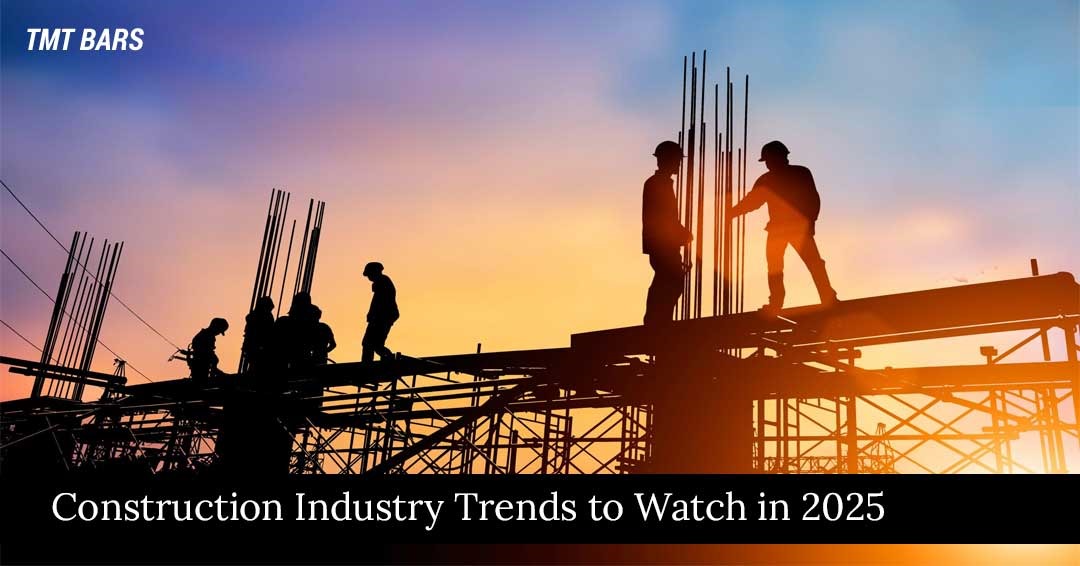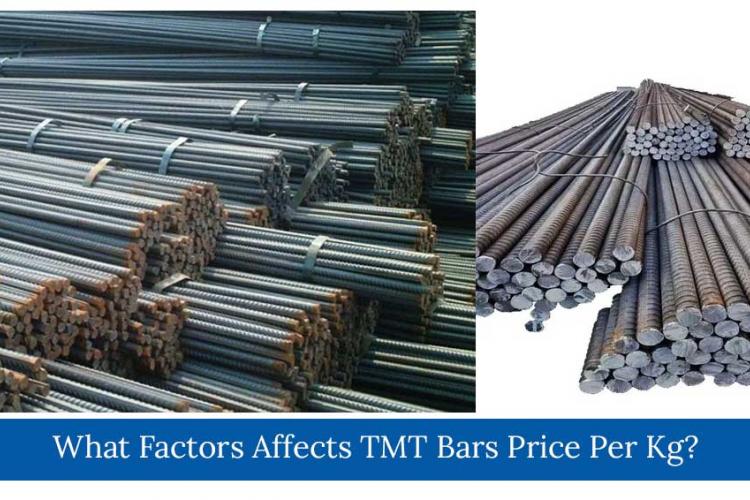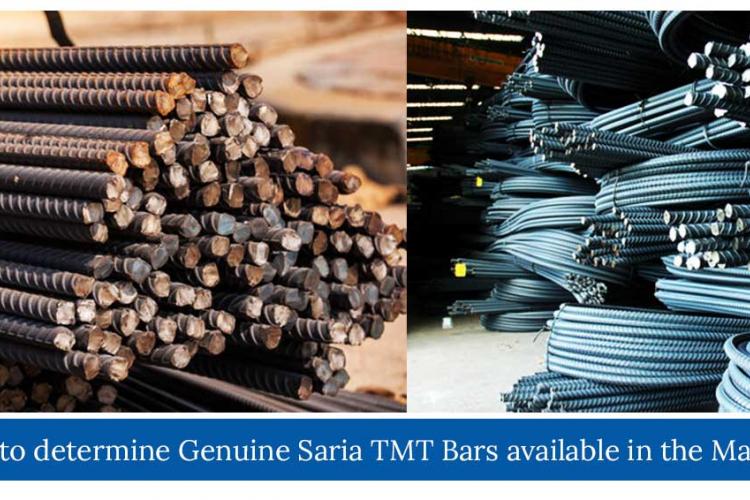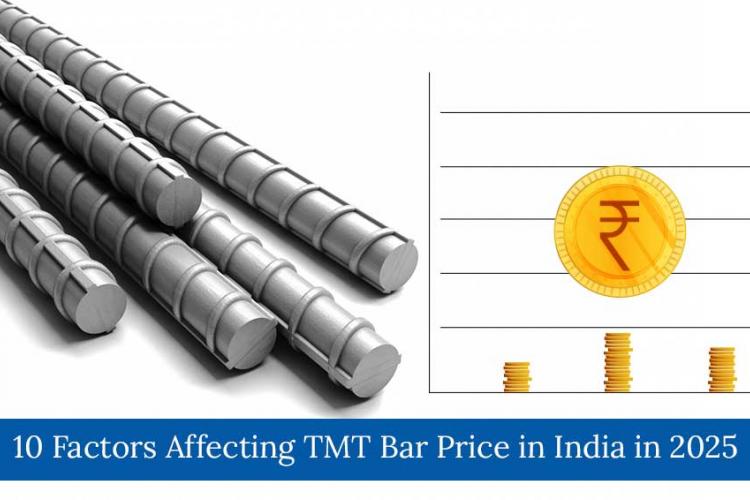
Construction Industry Trends to Watch in 2025
A Glimpse into the Future
While the horizon is in 2025, tremendous changes are driving the construction industry along with technological progress, innovations, sustainability initiatives, and changing global conditions. Companies require preparedness for new demands, innovative technologies, and focusing on growth of sustainability. Let's see some of the key trends shaping the construction sector in the coming year.
Sustainability and Green Building Practices
Sustainability is no longer an option in the construction industry but is now a mandatory requirement. The rising concerns of climate change are mounting pressure on the construction industry to reduce its environmental footprint. By 2025, green building practices are going to be highly emphasized, incorporating energy-efficient designs, sustainable materials, and eco-friendly solutions.
The use of materials such as recycled steel and other recycled construction materials including low-carbon concrete is becoming increasingly prevalent, and green certifications like IGBC (Indian Green Building Council) and LEED (Leadership in Energy and Environmental Design) are gaining popularity. Additionally, advancements in smart HVAC systems, solar power, and improved insulation will be commonplace in energy-efficient buildings.
Prioritizing Workforce Safety and Well-being
With the rise of technology in construction, worker safety and well-being remain top priorities. In 2025, expect an increased focus on leveraging wearable tech to monitor health and safety in real time, alongside more comprehensive mental health support for workers.
Wearables such as smart helmets and vests can alert supervisors to potential hazards or worker distress, helping to prevent accidents before they happen.
BIM (Building Information Modeling) Becomes Standard
Building Information Modeling (BIM) has been under constant development, and the year 2025 is said to be the one when BIM will integrate completely with the construction workflows. By allowing detailed 3D models of buildings and infrastructures to be produced, BIM helps improve project planning, visualization, and collaboration.
Modular and Prefabricated Construction Gains Traction
Modular and prefabricated construction is extensively used nowadays, especially in the residential and commercial sectors. By 2025, more firms will start off-site manufacturing where many parts are constructed in controlled environments and then assembled on-site.
Automation and Robotics Revolutionize Construction
Robotics and automation are no longer futuristic concepts—they’re already reshaping the construction process. From autonomous construction vehicles to robotic systems that lay bricks and weld steel, automation is poised to make a big impact in 2025.
Let’s Wrap Up Here
In 2025, the construction industry will be more innovative, sustainable, and technologically advanced than ever. Companies that embrace these trends—whether through sustainability, automation, BIM, modular construction, or digital tools—will not only lead the way in an increasingly competitive market, but also help shape the future of the industry.
The future is bright for the construction sector, and those ready to adapt to these changes will see the rewards in the form of more efficient, cost-effective, and sustainable projects.







